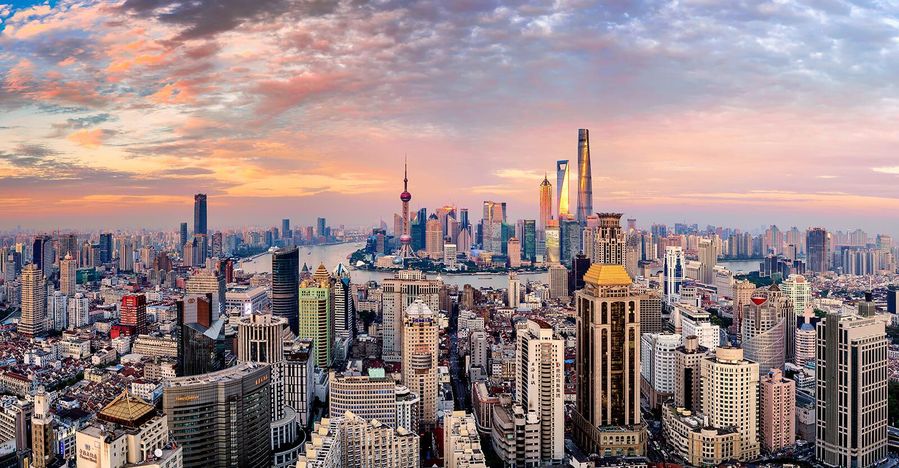
荷兰乌特勒支大学与bat365正版官方网站城区学院将于6月4日-18日于上海、杭州组织联合实习课程。课程主要以4种形式:①专业讲座 (Professional presentation)、②专业导览(Guided tour) 、③自组织实地走访(Urban walks)、④主题观察(Thematic observation),就上海改革后的经济发展与其转型过程当中的景观和模式、内部运作的机制和故事等方面进行了解和讨论。本次实习课程主要包括以下主题:
遗产地区:保护,改善,绅士化
社会主义时期的上海及其转型、再生
具有中国特色的城市发展规划
全球化与城市:全球城市形态,现代化,文化变迁与新城市形态
城市住宅结构中的社会极化:移民社区与门禁社区
上海人居住的地点和方式:郊区新城镇住房和居住环境
大都市的创意与创新
消费城市:24小时经济中的消费景观
可持续大都市:环境问题,退化与复原之间的城市发展
未来的长三角:网络化的城市群与城乡一体化
日程安排(可点击图片看大图)
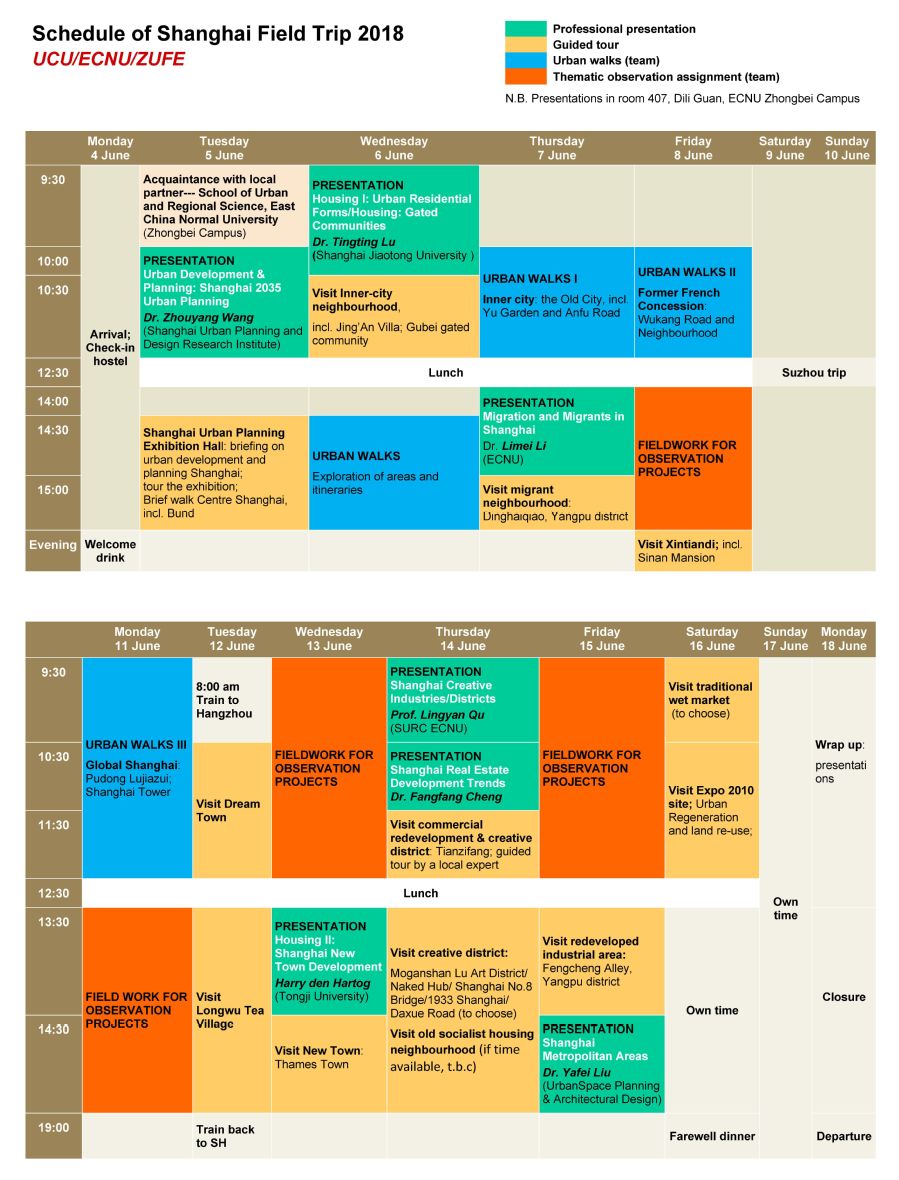
本次课程,荷兰乌特勒支大学将会有老师及学生共11人参加到该次联合实习课程当中,现招募城区学院的学生,各个年级的同学均可参加。
时间:6月4-18号(具体日程安排见下)
参加者可根据自己的时间、兴趣选择参加的时间段进行报名;除12号以全天为单位,其他以半天为单位进行报名;
地点:上海 & 杭州
报名方式:有意者可添加微信l15929492468,注明“报名”
报名截止:6月2号
其他:报名者须具有英语沟通能力;名额有限,先到先得噢!
课程详细介绍
In an ever more interconnected world, mega-urban regions assume ever more importance, according to Paragh Kanna in his book ‘Connectography, Mapping the Future of GlobalCivilizations’ (2016). Such regions have already been the subject of academic study and theorizing,largely in the context of the western world. However, mega-urban regions are rapidly becoming asignificant element of urbanization and urban development in emerging countries.
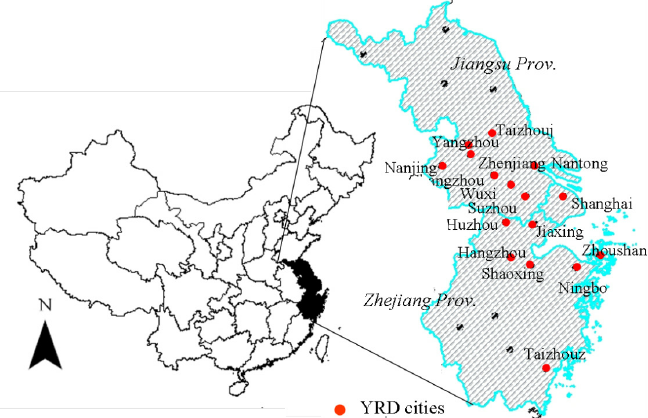
One such country is China. Located in coastal East China, in the Yangtze River delta, over the past decades Shanghai has developed into China’s prime metropolitan area and mega-urban region. While its rich history is still visible in the ‘downtown’ area, recent rapid expansion and transformation reflects its role as prime engine of China’s post-reform transition and modernization.
Today, Shanghai is a global city from a business perspective, a center of management and innovation to the domestic economy, the place of residence for over 23 million Chinese citizens, a significant part of whom have migrated from elsewhere in China. Shanghai is a microcosm of transition and social transformation in contemporary China, evident in its diverse and dynamic ‘cityscapes’, ranging from the Pudong New Area to the New Towns in suburban districts. The metropolis is the core of a ‘network megalopolis’ in the Yangtze River Delta. Few other mega-urban regions in the world match its demographic and economic power.
Urban Development Examined: Themes
Heritage Areas: Conservation, Modification, Gentrification
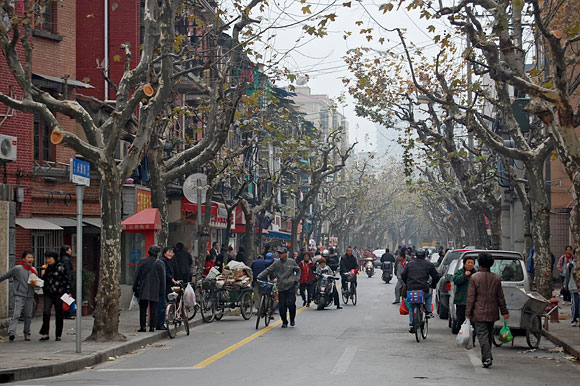
Reflecting the influence of the sizeable foreign communities present in the city during almost a century after Shanghai became a Treaty Port, architectural styles were often a blend of traditional Chinese and Western forms. This theme examines their current state and character, including the pressures for redevelopment, encroachment of new developments, characteristics of their resident populations, social dynamics in the form of gentrification.
Socialist Shanghai and its transformation, regeneration
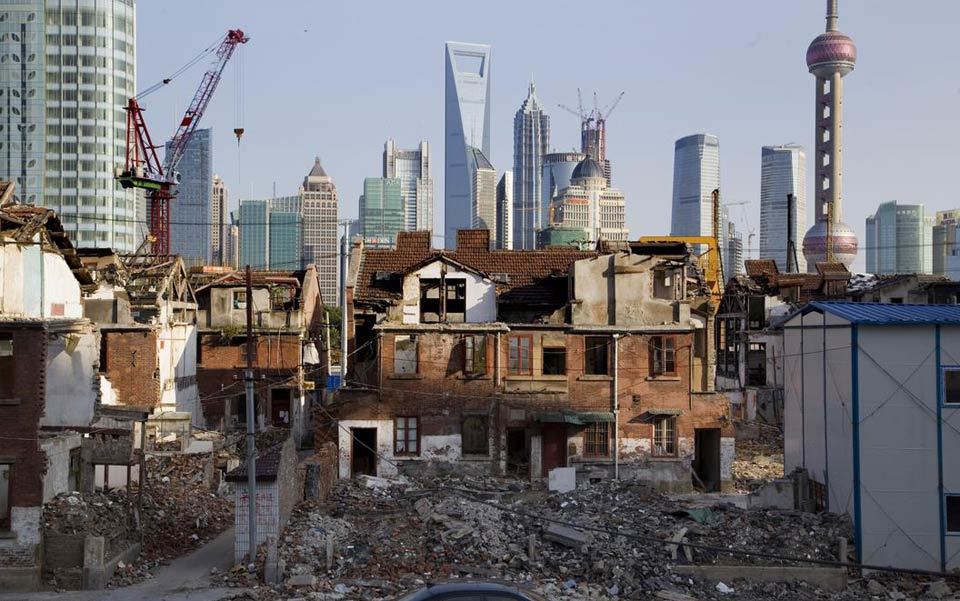
Shanghai’s face has been changing rapidly over the past decades. This theme explores the survival, but also redevelopment and regeneration of socialist-era Shanghai.
Urban Development and Planning ‘with Chinese Characteristics’
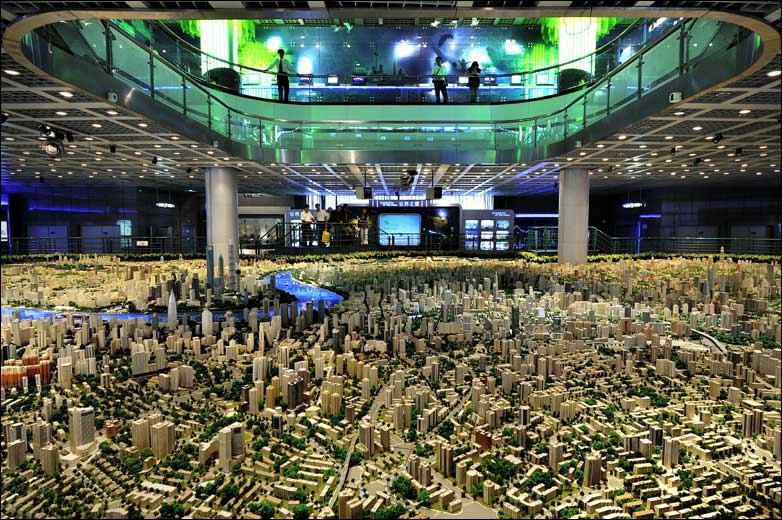
China’s planning system has been - and continues to be - elaborate and idiosyncratic. It has been reshaped under the transition from ‘socialism to market’. At the same time it bears the imprint of development ‘with Chinese characteristics’. This theme considers urban planning Chinese style and its ramifications.
Globalization and the City: Global City Formation, Modernization, Cultural Change andNew City-Scapes
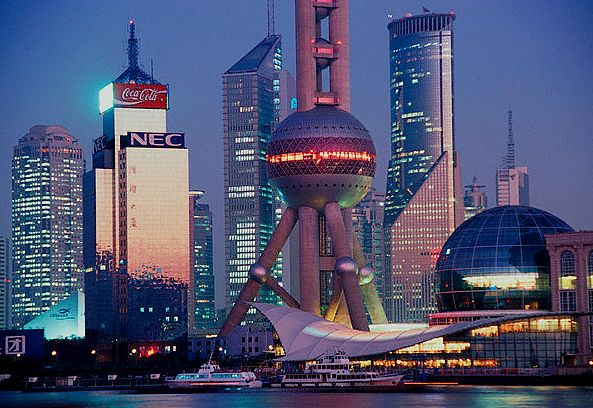
If Shanghai was one of the most cosmopolitan cities in the world during the early decades of the 20th century (it was labelled as the ‘Paris of the East’), a ‘Global City’ has been in the making over the past 25 years. This theme examines the diverse aspects of Shanghai’s global city formation.
Social Polarization in the Residential Fabric of the City: Migrant Neighborhoods vs. ‘GatedCommunities’
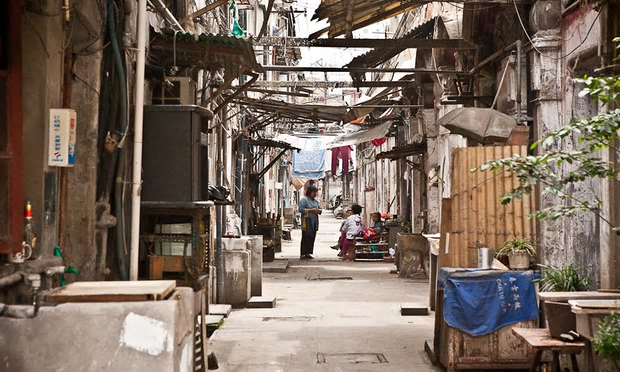
A large number of ‘floating population’ are excluded because the Hukou regulations in shanghai. The neighborhoods where migrants congregate are stand out in terms of built form, living conditions, services and so on. This theme looks into the characteristics and dynamics of neighborhoods under the pressures of societal and urban development processes at large.
Where and How most Shanghainese live: Housing and Residential Environment in suburban New Towns
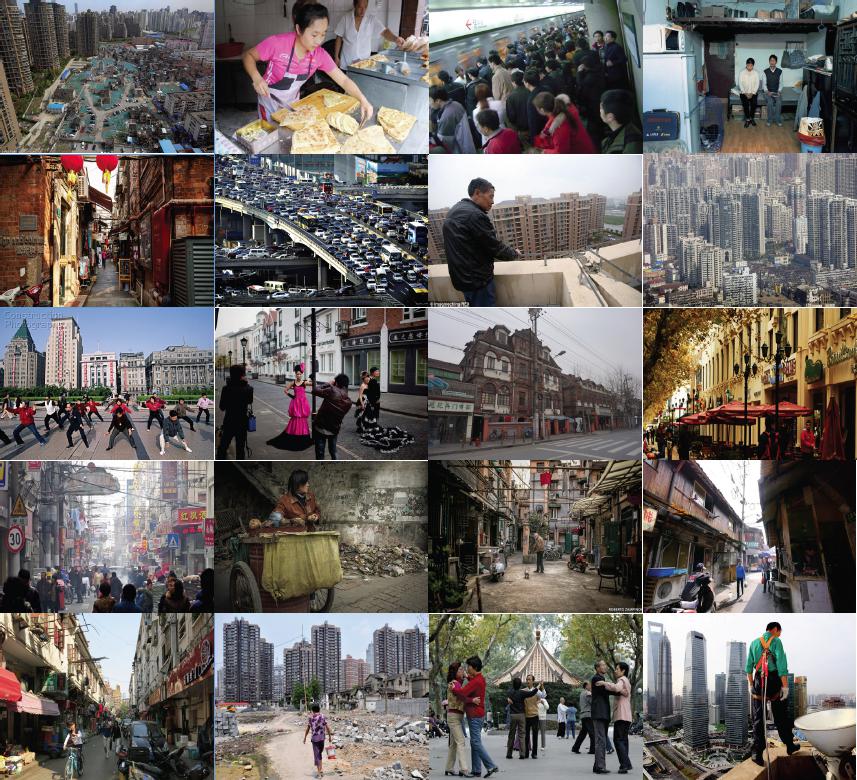
Shanghai now boasts an extensive metro network connecting most parts of the built-up metropolitan area. Catering to urban population relocated from elsewhere and to the growing middle class, the scale, planning/layout, built forms and architectural styles of New Towns have raised concerns over urban environment, community and identity. This theme will especially examine the community characteristics of recent suburban New Town developments.
Creativity and Innovation in the metropolis

Over the years a range of ‘creative districts’ have popped up in the city which diversity in patterns and locations. This theme will explore the evolution of creative and innovative districts in Shanghai central city and their meanings for the metropolitan economy of the future.
Consumer City: Consumption Landscapes in the Day- and Nighttime Economy
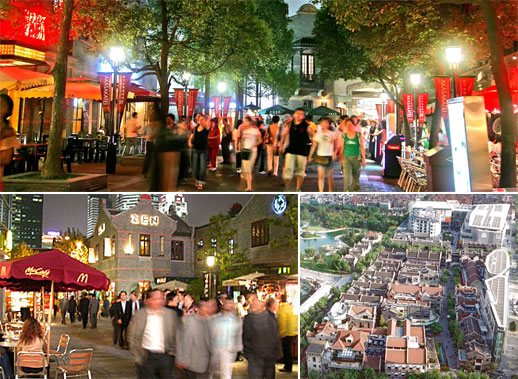
After the Mao re-‘modelled’ cities into centers of production,the reform period has seen ‘rebirth’ of Shanghai as consumer city. A range of new consumption landscapes have engendered, varying from gleaming shopping malls, leisure streets and districts, concert halls, theme/amusement parks and so on. This theme investigates the role of consumption in Shanghai’s economy and the diversity of consumption landscapes in the metropolis.
Sustainable Metropolis: Environmental Issues, Urban Development between Degenerationand Resilience
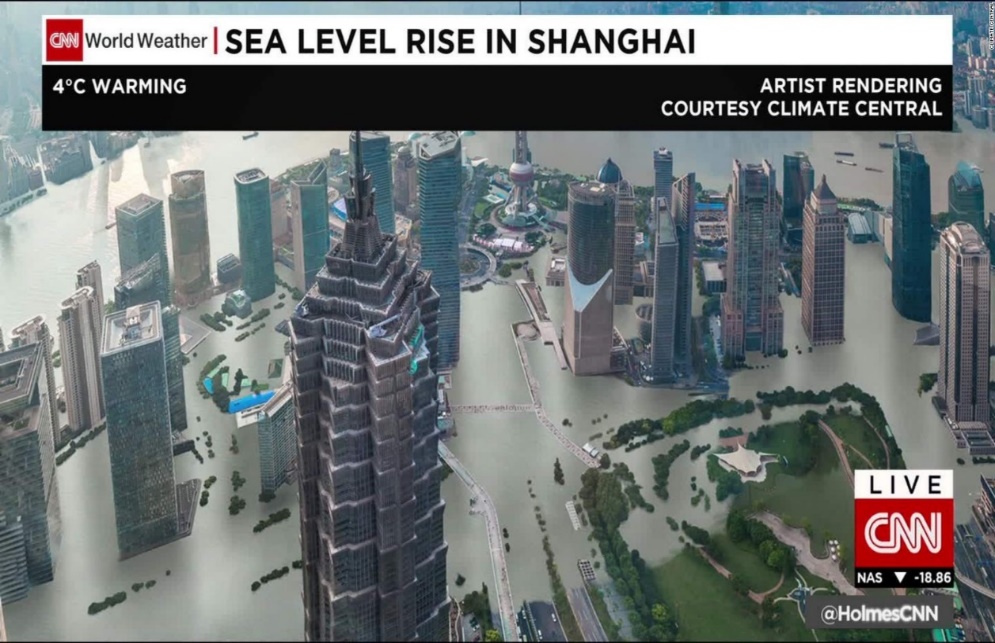
Rapid city growth has produced an ever more pressing downside of ‘China style’ metropolitan development: the rapid degeneration of resources and environmental damage. Building resilience towards these stresses is an urgent task for Shanghai. This theme examines the range of ecological issues facing the metropolis, their causes and consequences, remedies and longer term prospects for sustainable development and healthy living.
Future Delta: the Network Megalopolis and Rural-Urban Integration
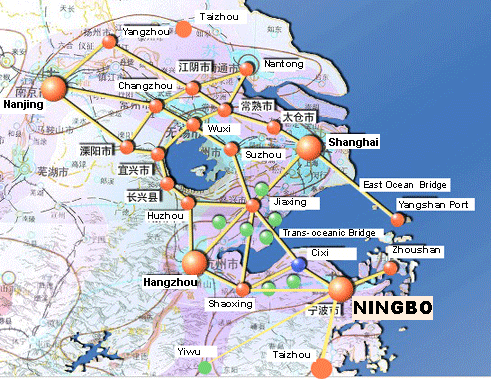
Shanghai is the hub of an emerging vast networked megalopolis in the delta of the Yangtze River. Current urbanization policy targets the further development of the YRD into a highly developed mega-urban region with tremendous challenges. In turn, these require high quality urban and regional management. This theme examines a number of scenarios for directions of growth and development of the YRD mega-urban region in the near future.


